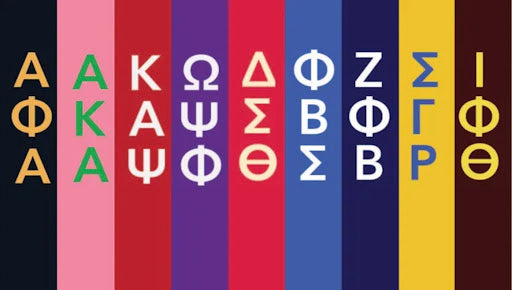
For the final RCL post, I have chosen to analyze this image and the emotional impact that it has on the viewers. The image was shot by the photographer Laurel Chor for Getty Images. The protest took place in Hong Kong in 2019 to protest the government’s ban on face masks.
In this post, I will be analyzing the construction of the image, the focus, and the surroundings. For construction, we can clearly see the focus of this image is what appears to be an Asian woman in a white shirt. She is raising her hand in protest, wearing a mask, a clean white t-shirt, and her face has the expression of pain and discomfort.
To start, the image’s composition is striking. The Asian woman is placed at the center of the image, which speaks volumes to the situation that the world was in at the time. It is unclear whether this photo was staged or not, regardless, the woman’s positioning in the center of the frame, surrounded by the blurred crowd of people behind her creates a dynamic background to the image and adds depth to the narrative that the image is striving to push. Specifically the narrative, that the focus is tired and emotionally strained by the condition of the world. It also speaks to how she is directly impacted by the condition of the world and evokes readers to feel similar emotions to hers.
Furthermore, the woman’s choice to wear a mask symbolizes her protest against the government’s ban on the usage of face masks. This exhibits defiance from the woman in the center, but also from all of the others who surround her and can be seen behind her. The clean white shirt that she is wearing also differs strongly from the dark and chaotic looking background that engulfs her. The choice in color may symbolize that despite the intense emotions and turbulent emotions for the time, she is a source of innocence and strength; a source that will not be silenced by the government or other entities.
In addition, the woman’s clear expression of pain and discomfort conveys a ray and unfiltered emotion that can be felt by viewers. It is clear that her discomfort is not only physical, but emotional and psychological as well. The emotion of her face invites viewers to empathize with the protesting woman and allows us to build a somewhat personal connection with her. Furthermore, the other faces in the image are blurred out and unclear to the eye. The background individuals are faceless, which leads me to assume that they may all be expressing similar discomfort to the protester who we can see. Thus leading us to believe that the discomfort and need to protest is not just about one person, but a collective struggle.
All in all, the image uses symbolism, emotions, and construction to allow its viewers to feel the emotions of the protester and those around her. As a whole, the image conveys a powerful message about unity and strength and the importance of protesting and raising our voices against injustice.

